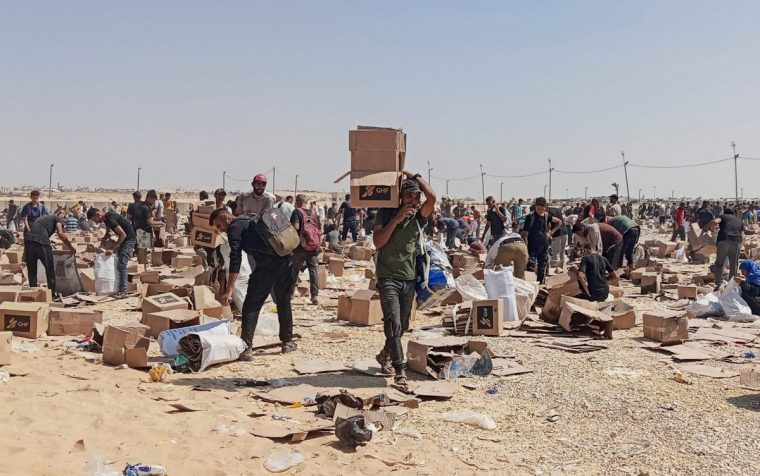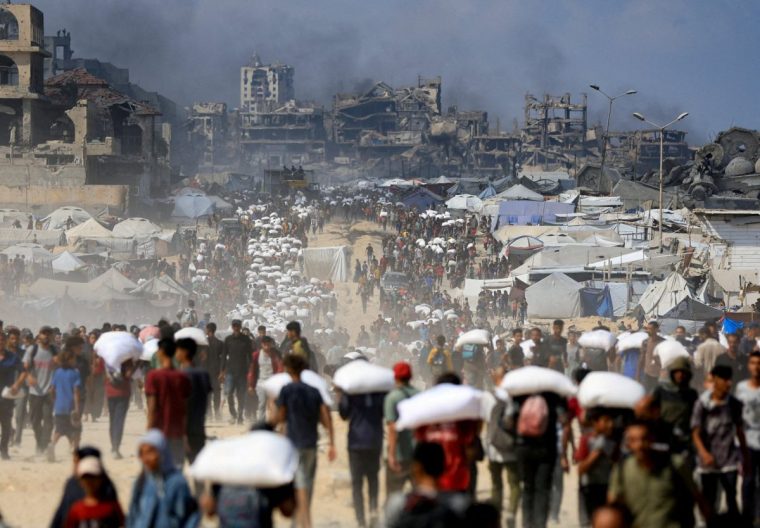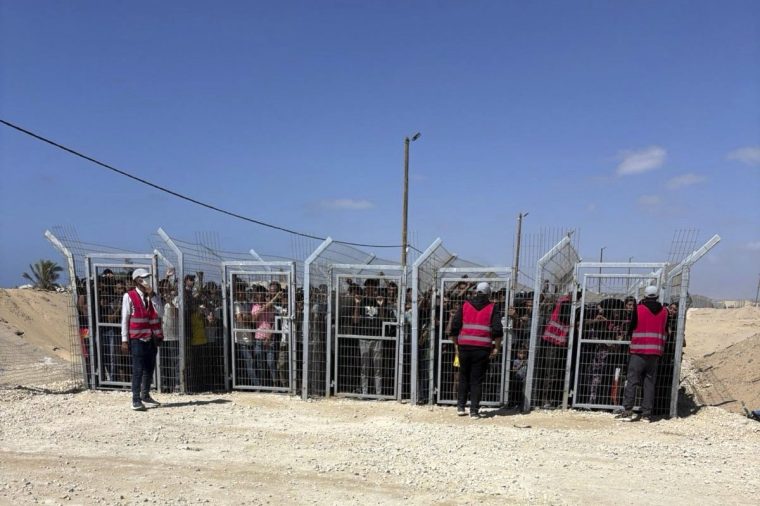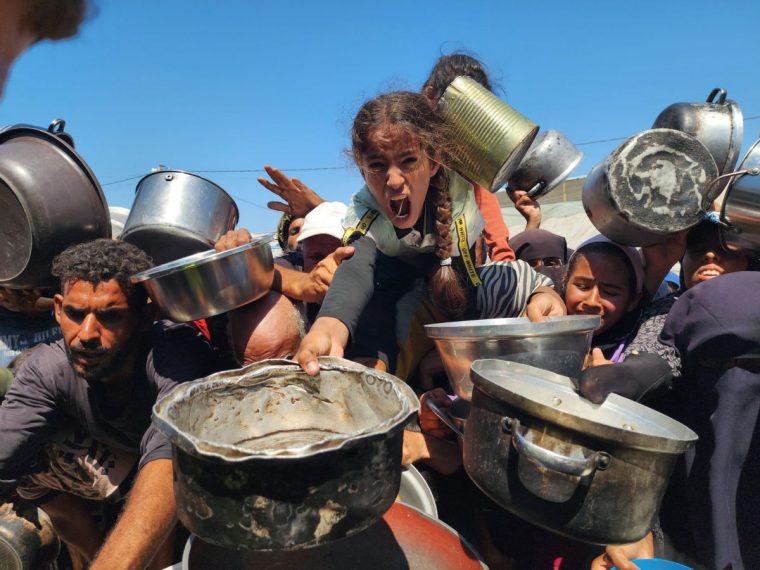Dr Nick Maynard says doctors noticed ‘a clustering of different body parts being injured on different days’
The Israeli military has been accused of playing a deadly “game” with starving Gazans queuing up for aid, deliberating shooting different body parts on different days.
Dr Nick Maynard, a British surgeon who has recently returned from Gaza, said that hospital colleagues first raised the alarm when what appeared to be a “pattern” emerged of “clusters” of similar injuries on the same days from controversial aid distribution sites.
Maynard said the pattern suggested a deliberate targeting, “almost like a game they’re playing”.
The Israel Defence Forces (IDF) said it categorically rejected claims of the deliberate targeting of minors but that “incidents” at aid sites were being investigated.

Dr Maynard told The i Paper he was first alerted to a pattern of injuries by the emergency department doctors at Nasser Hospital in the southern city of Khan Yunis as they triaged arrivals, “who said they all noticed this; a clustering of body parts being injured on different days.
“One day it would be the head and neck being targeted, the next day would be the abdomen, the next day the chest, the next day the legs or the arms.
“Then one day, which was about 12 or 13 days ago, we had four young teenagers brought in, all of whom had been shot in the testicles.
“The pattern, the clustering, to me appears far too striking to be coincidental, and it suggests deliberate targeting of specific body parts on different days. It’s almost like a game they’re playing.”

All of the patients were teenage boys aged between 11 or 12 to 16 or 17, who had been sent by their families to collect aid, Dr Maynard said.
He treated those with abdomen and chest injuries – which is his specialism – while his colleagues looked after those hit in other body parts.
“I wasn’t at the distribution site, so some will argue, how do you know what went on? I don’t, but this clustering is so striking,” he said. “I can think of no other explanation, and it’s just appalling to believe that humans could treat other humans like that.”

An IDF spokesperson said that the army’s “binding orders prohibit forces operating in the area from intentionally firing at minors”.
“We are aware of reports of casualties among those who arrived at the aid distribution sites. These incidents are under examination by the relevant IDF authorities,” they added.
“Any allegation of a violation of the law or regulations will be thoroughly investigated, including taking appropriate action if necessary.”
Hundreds of Palestinians killed while waiting for aid
At least 1,000 people have been killed in Gaza while trying to get food, the UN human rights spokesman Thameen Al-Kheetan told AFP on Tuesday.
Of these, 766 were in the vicinity of the controversial Gaza Humanitarian Foundation’s (GHF) aid sites, and 288 near UN and other charities’ aid convoys. The GHF took over aid operations from charities at the end of May.
More than 170 charities have called for the GHF, which is backed by Israel and the US, to be shut down, saying that Israeli forces “routinely” open fire on Palestinians seeking aid there.

The IDF said that it was “working to facilitate and ease the distribution of humanitarian aid” under “difficult and complex operational conditions”.
It added: “As part of its operational conduct, the IDF draws lessons and conducts systematic learning processes in order to improve its operational response.”
Children treated for blast injuries without painkillers
Some patients with major gunshot wounds were having to wait up to five hours for surgery due to shortages of theatres, Dr Maynard said, something which would be “inconceivable” elsewhere in the world.
The doctors working at Nasser Hospital had dwindling supplies to treat the gunshot wounds, and some patients had to undergo gruelling procedures with no painkiller, he added.
He said he would never forget the screams of an eight-year-old girl named Aya as her badly fractured leg had to be straightened without any pain relief.
Aya’s parents had been killed in the same blast in which she had been injured, and her brother, Alaa, six, had a “hole in his chest and was dying in front of us”.
“Dr Maynard added: “When we were operating with them, we had very limited equipment. Sometimes the facilities for scrubbing up were very inadequate, with often not enough water to wash your hands properly. There were not enough sterile drapes to create a sterile operating field.
“We were very, very short supply of gauze swabs, the anaesthetists were often using much lower than normal dosages just because they didn’t have enough drugs, so they could share it out among small patients.
“There were sometimes no painkillers on the ward. In the theatres, we had very limited sutures to sew things up.”
